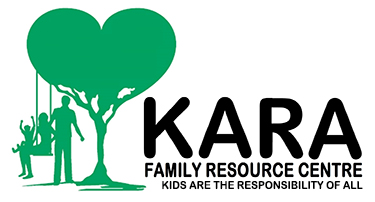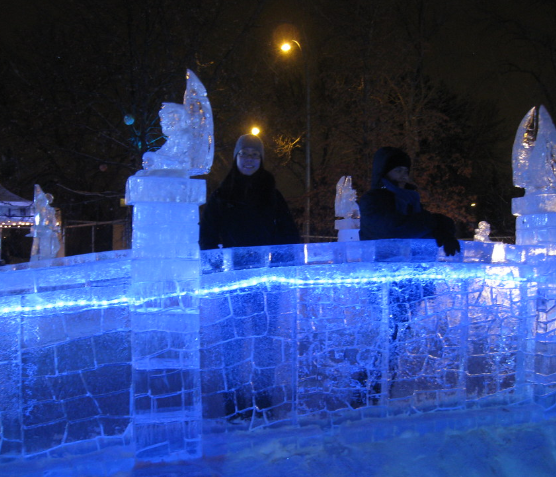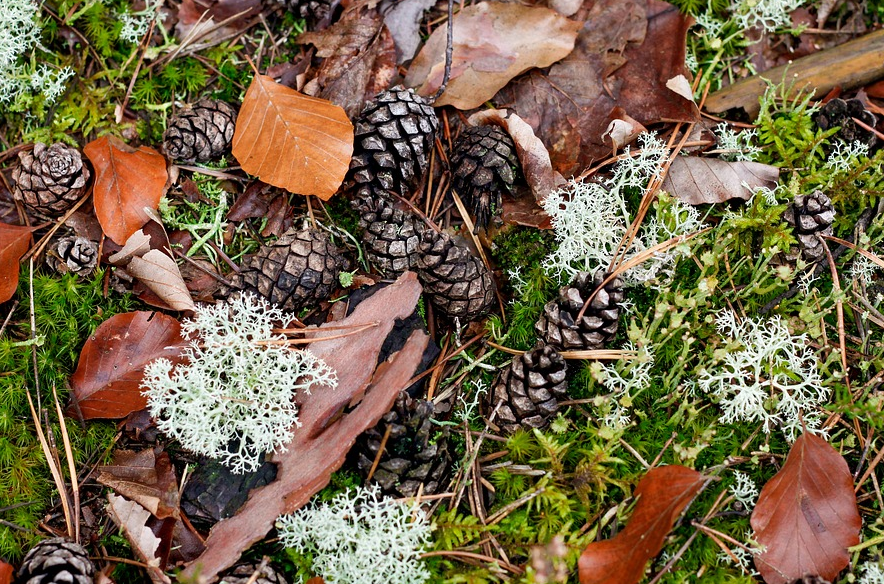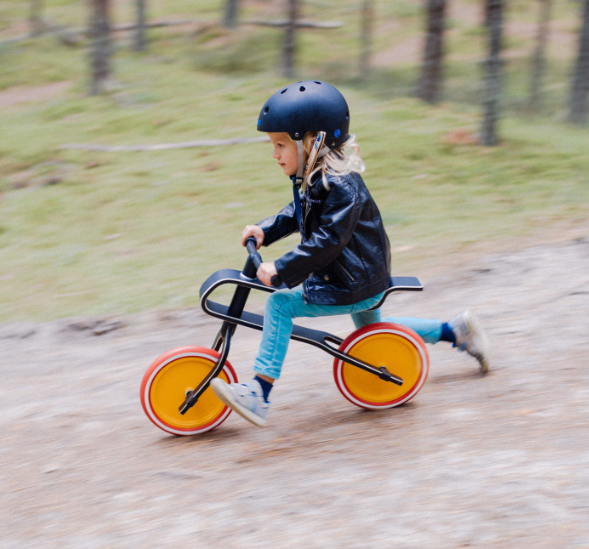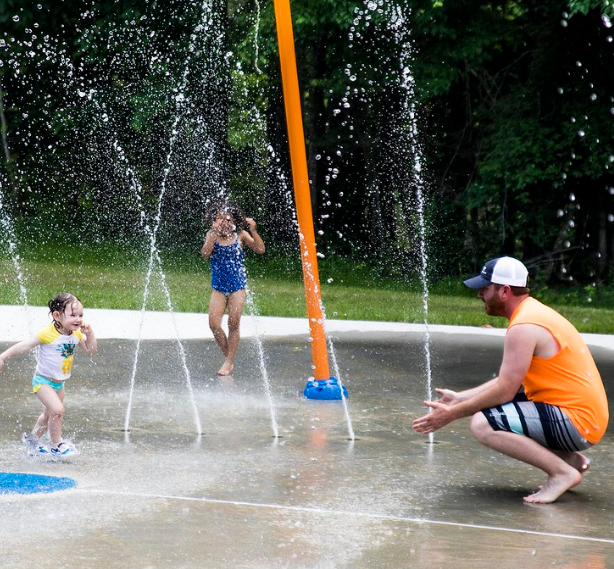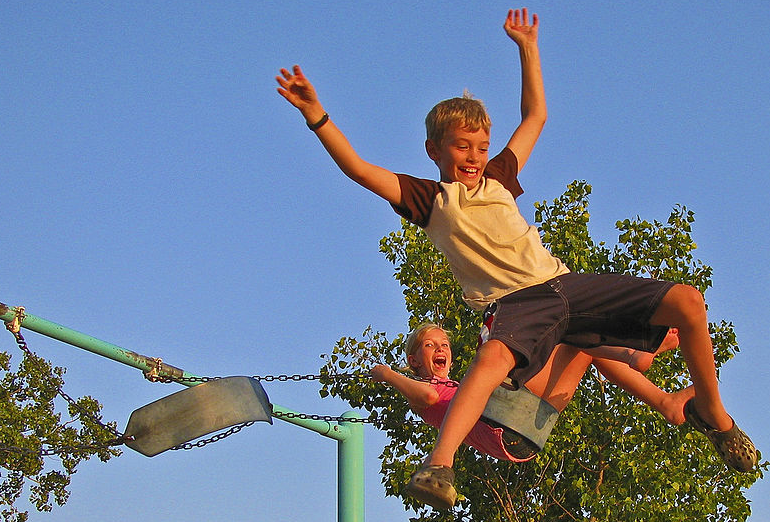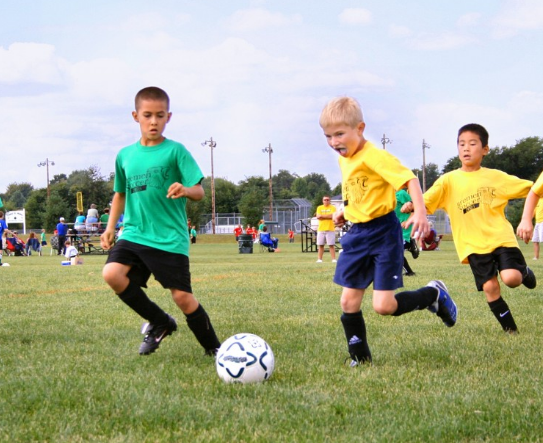
Being engaged with your children is very important, and with the short summers we get in Edmonton, making the most of those few precious days of sunshine can mean a summer well-spent. One activity my family has recently become involved with is ‘geocaching.’
You might have heard the term before. If not (like me a couple weeks ago), let me catch you up! You can think of geocaching as a sort of ‘treasure hunt,’ except instead of an old, wrinkly map (which is also fun!), you’re given GPS coordinates!
For the avid adult geocachers, sometimes these treasures or ‘caches’ are extremely hard to find. They can be located in remote areas that require days of hiking and, because they’re well out of service areas, a professional grade satellite GPS unit. This hardly seems like the kind of adventure to undertake with little ones, right? Luckily, there are plenty of kid-friendly hunts in and around the city, often in our own glorious river valley, which we are so fortunate to have! For these types of hunts, your smartphone, some sunscreen, a few snacks, and water bottles are all you need!
How to Find Your Cache
In order to complete geocaching with your kids, you need to have a smartphone and download the geocaching app. The app will allow you to follow the trail to your next cache and even track the caches that you find! And there are so many for the Edmonton area! You’ll never be at a loss for weekend treasure hunts!
Go here to get the app.
Like I said, you won’t need a pen and notepad because the app tracks it for you but I found my kids preferred the old-fashioned method anyway so we brought them with us!
After you have the app, check the difficulty level of the hunt. For little ones on a hot day, I would try a larger sized hunt with lots of caches. This is because it will be easier to find them and you can quit at any time with just an easy “Okay guys, last treasure!”
It’s easier to pull them away if you’ve already found a number of caches!
When you find your cache, you can check it off on your phone or on your handy notepad!
Making Your Own Cache
Once your kids have had the pleasure of finding a few caches, maybe your family can even make their own! Choose a small trinket from around your house and let your child choose a public spot to hide it. I recommend also placing the item in a waterproof container to prevent it from damage. Then hide it in your secret spot!
If your cache is going to show up for other users, you’ll have to use the app to add it to an existing geocache. Go to your secret location and the app will prompt you to go through the steps of adding it. My kids liked this part because we could watch how many people came by to find our cache!
Old Fashioned Treasure Hunt
Now, remember that old, wrinkly map I mentioned? If you want your kids to have the same old fashioned experience as you (or maybe Grandpa) had, perhaps you’ll find the time to make your own hunt!
Gather a bunch of your children’s toys (maybe not their favourites) and hide them around your yard or out in your favourite park. As mentioned, try to use waterproof items so they can return safely home. Then make a map! Or maybe two or three…
My kids are great sharers but even the best sharers can get a little excited and rip a piece of paper. I would even make an original for me if I’ve done a big hunt and can’t remember where I’ve left stuff. You can even make it look like an authentic map by pouring cold tea (or coffee) over it and leaving it overnight to dry. My parents also used to rip or roll the edges to give it that heavily used look.
Another tip for your homemade map is to put everything in picture form. This will help even the littlest hunter have a chance to find that treasure!
Lastly, roll up the map and tie it with a bit of string to provide that pirate look we’re going for. Voila!
Treasure Hunter Precautions
If your kids are anything like mine, nothing gets them more excited than the idea of seeking out hidden treasure. While most of the geocaches are simply books for those to sign, some include little trading items (often just gently used toys that other kids have grown out of) which work on a ‘take-one, leave‑one’ system.
With COVID cases on a slight rise again, I don’t let me kids touch any of the objects but that doesn’t matter to them! Finding the treasure and marking it down on their little notepads is all the fun they’ll ever need!
Other precautions are taken to beat the heat. Make sure to lather everyone up with your favourite sunscreen and bring plenty of water. My go-to for sunscreen comes in a spray-on can for ease of application. My kids don’t seem to ever stand still for long so this helps a lot! Find it here. As for our favourite water bottles, these ones from David’s Tea are the best I’ve ever used! They are like a regular water bottle, which helps keep them clean because there is no straw! Also, the bottom comes off! This allows me to add ice cubes to the mix and allows for an even more effective clean! Find them here!
Let the Adventure Begin!
I hope you have a great time outdoors with your family this season! Even with all of the changes we are currently going through, perhaps this little outdoor adventure gives your family an excuse to enjoy the sunshine!
